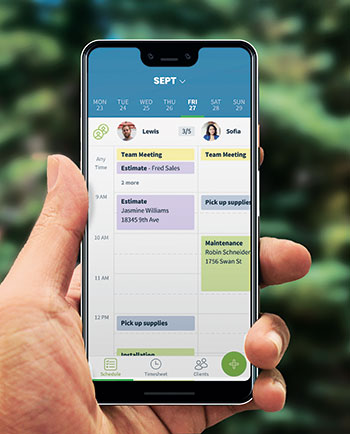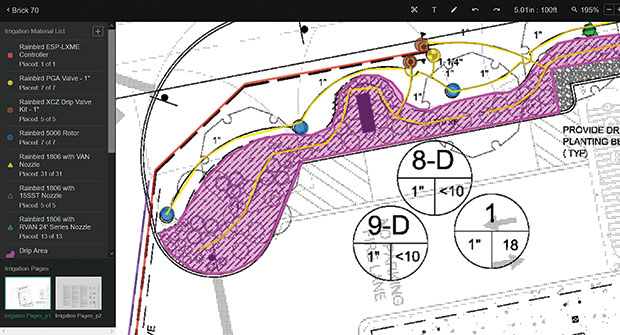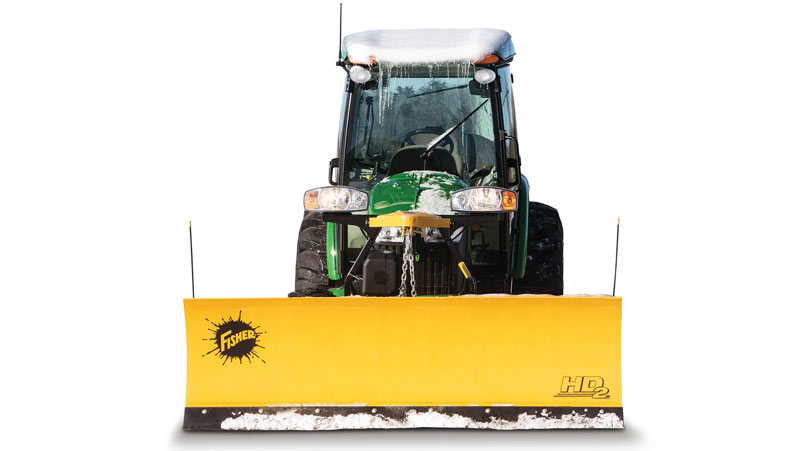
Joshua Martin, the founder of LandOne Takeoff, never quite expected he’d be a green industry professional turned software developer. But, here he is.
Martin is a licensed landscape and irrigation designer in Alabama. He’s worked in the green industry for more than 15 years doing installation, estimates, design and project management. He’s been with Bodine’s Landscape Services for 10 years. As the industry began to shift from paper copies to digital documents, he looked for technology to speed up the process.
“Since I both estimated and managed projects, I needed software that helped me spend less time in the office and more time in the field,” he says.
He tried different options, but he didn’t find one that fit the green industry specifically, so he developed LandOne Takeoff.
LandOne Takeoff software is a cloud-based digital project annotation and measurement tool. Irrigation and landscape contractors can use it to calculate a materials list for pricing projects, produce marked-up plans for installation, and help with accurate as-builts to close out a project. Martin says development took about 9 months from idea to beta testing.
“I thought there were other contractors out there that needed a tool that did the things we needed it to do, was simple to use, accurate, easy to pick up, and do the types of measurements and marking up of plans,” he says.
Martin says while the software offers landscape design capabilities, irrigation contractors use LandOne Takeoff for irrigation project design and as-builts.
“It has near about everything you need short of flow calculations for irrigation design,” he says.
Landscape Management spoke with Martin about what it’s like to go from developing project plans to developing software.
Landscape Management: What challenges were you looking to solve with LandOne Takeoff?
Joshua Martin: Three things that we wanted to focus on were being simple, accurate and efficient with the contractor’s work process. Let’s get something that is simple, easy to use and has the things that you need but not much more than that.
Being accurate with your measurements helps you to be more profitable, lowers your cost and reduces waste. All those things help you run a better business and are more accurate than if you were going to be doing it by hand.
The last one was creating an efficient system and helping people run their businesses more efficiently, promoting communication among an organization and providing a tool that allowed for that. Contractors would get a set of drawings and then have to measure it to price it and then many months later, come into the project. It was a lot of re-creation of steps, double data entry, double work, double measuring.
LM: Why do you think some irrigation contractors develop their own apps or software?
JM: There’s a bit of a deficiency when it comes to technology for the green industry. (Pros) are looking for software that exactly meets the way they are used to doing things. When they can’t find it readily available on the market, they look into having something developed that might exactly meet how they’re doing things.
LM: What challenges did you face while developing the software?
JM: Trying to design and develop a very simple and flexible tool to meet all of the different ways in which people estimate and design and look at projects was a bit difficult. Before we began any development, I went and talked to a lot of contractors and pitched the idea. I found I could line up 10 different contractors, and they might do things eight to 10 different ways.
LM: What feedback did you receive about LandOne Takeoff?
JM: Guys who were scared of technology are not afraid to use it. That’s a goal; helping our industry embrace technology in the digital world to help improve the work process.
LM: What are some of the capabilities you’d like the software to have in the future?
JM: We’re going to be focused on continuing to make our takeoff and measuring process better and smarter.
We are going to be looking to add more design capability to it. Our goal is to increase the speed to proposal for our contractors and provide better design tools for contractors. We’re going to be adding tools that will allow irrigation contractors to create better and faster as-built drawings.
LM: What else have you observed about technology in the industry?
JM: The landscape industry is a bit hesitant to adopt computer technology. I tell people this all the time: We’re no strangers to technology. A mower is technology. A trencher is technology. Even an electric pipe saw is technology. We readily adopt anything that will help us do our job faster. But when it comes to computers, there is just a little bit of leeriness about it.
Nobody gets into the landscape and irrigation business to be behind a computer for a long time.
Don’t be afraid to embrace technology.


